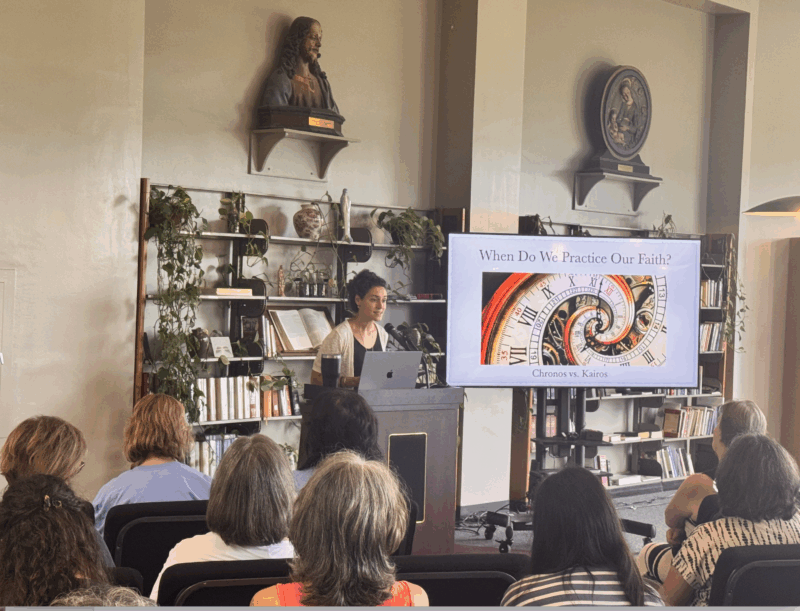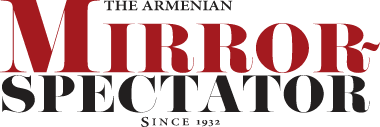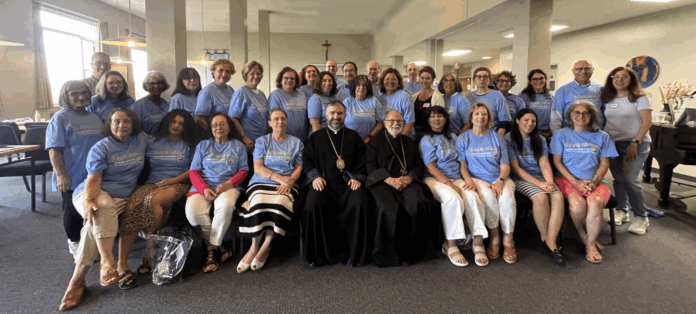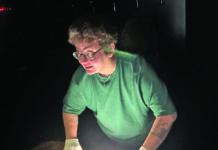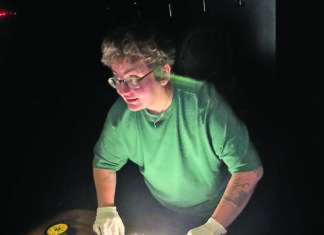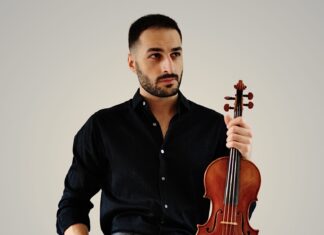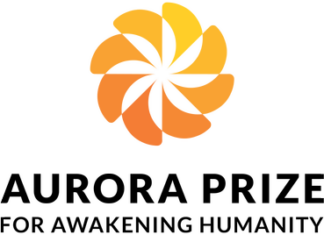GARRISON, N.Y. — Last week, I traveled to Garrison, NY, to attend the Armenian-American Schoolteachers Symposium — both as a reporter and as a history teacher at the Nerses Shnorhali Sunday School of St. Mary Armenian Church of Washington D.C. Sponsored by the Eastern Diocese of the Armenian Church of North America and the Mardigian Foundation, the event brought together more than 30 educators from Armenian day schools and Sunday schools across the East Coast.
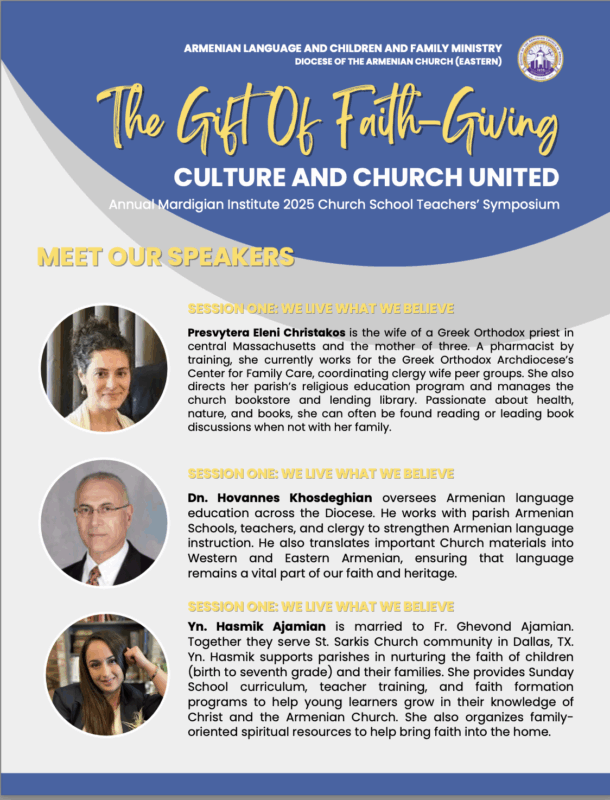
“We have been thinking about organizing a symposium for Armenian-American teachers for over a year,” said Bishop Mesrop Parsamyan, Primate of the Eastern Diocese, who attended the event, and opened it up with prayer and remarks. “From what I see now, this should not be a one-time event, but the beginning of an ongoing program.”
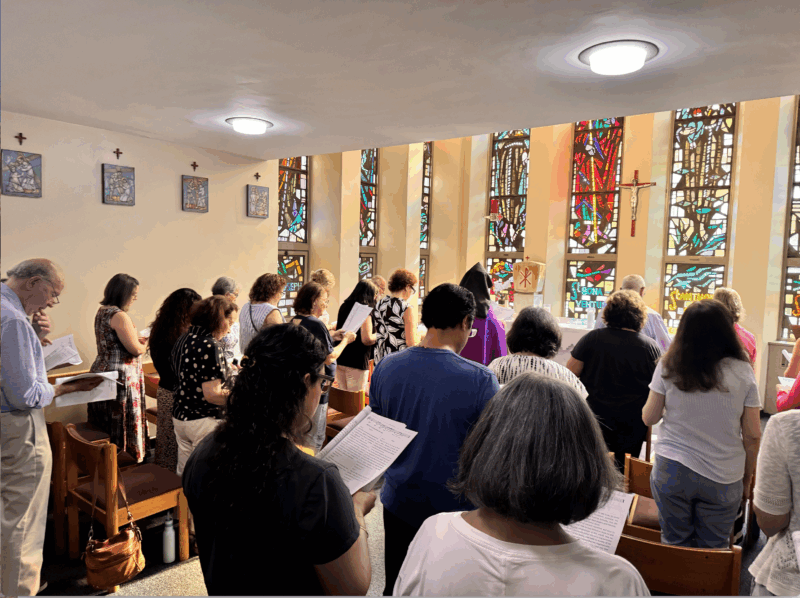
A key theme of the symposium was the diversity and complexity of the educational landscape in the diaspora. Unlike Armenia, where public schools largely follow a unified curriculum, Armenian schools in the United States vary widely. Differences in students’ and teachers’ language proficiency, parental expectations, and local resources often shape what is taught.
For example, Arman Melkumyan, principal of the Brooklyn Armenian Sunday School, noted that his school currently does not offer religion classes — due to both a lack of qualified teachers and somewhat limited demand from parents. Many prefer that their children focus on learning the Armenian language and history. Melkumyan also shared that enrollment has declined significantly since the COVID-19 pandemic.
“Before the pandemic, we had around 60 students. In recent years, that number has dropped to 25–30,” he said. He attributed the decline to factors such as the rise in homeschooling.
